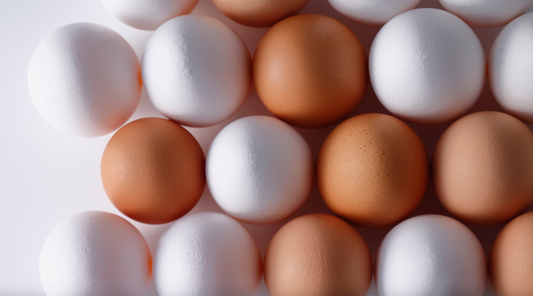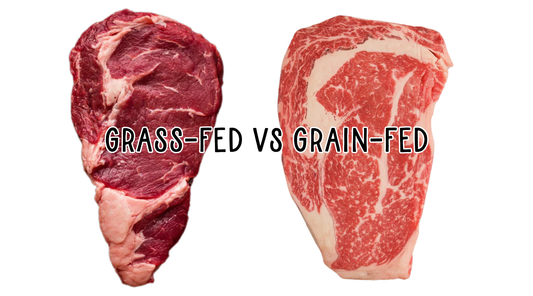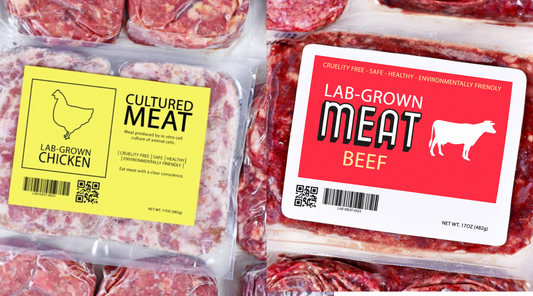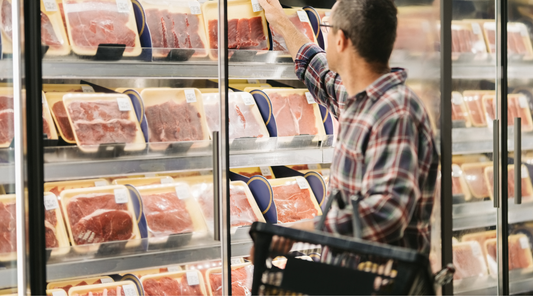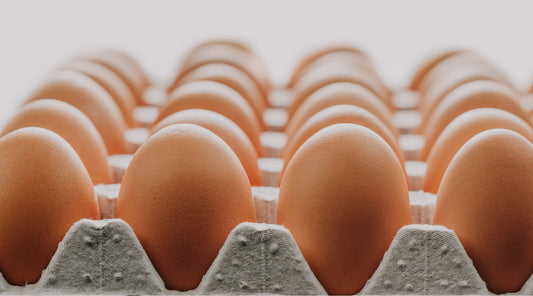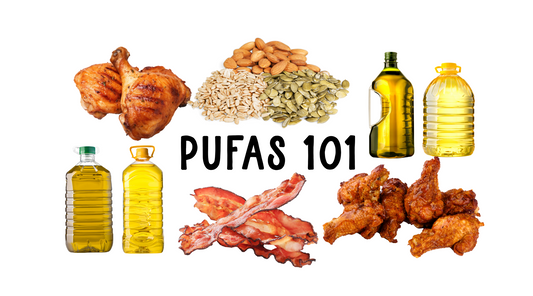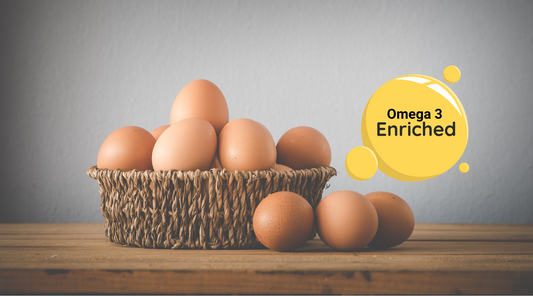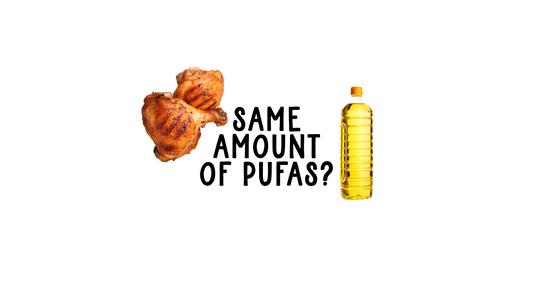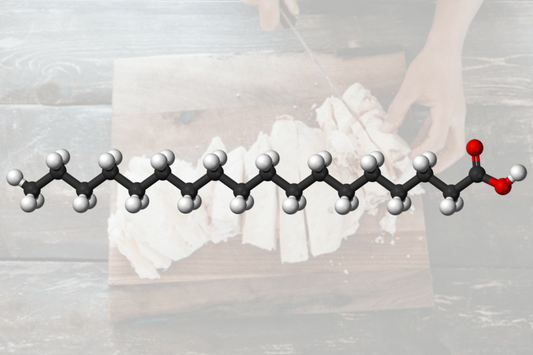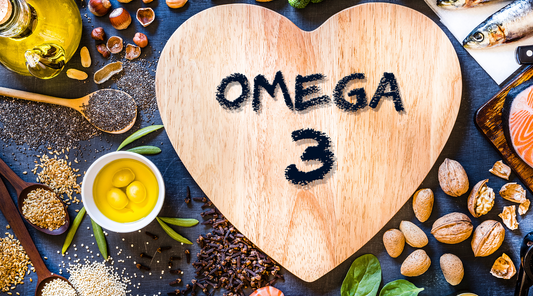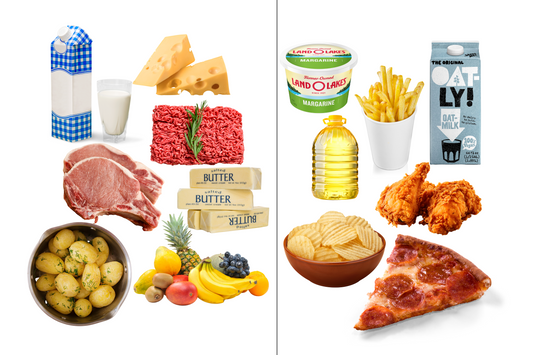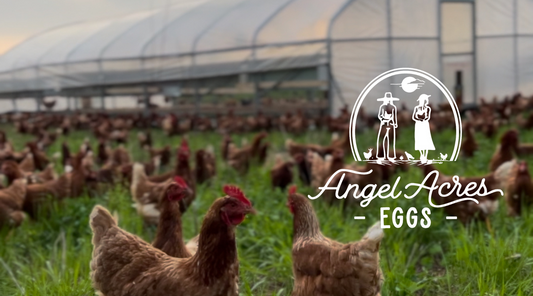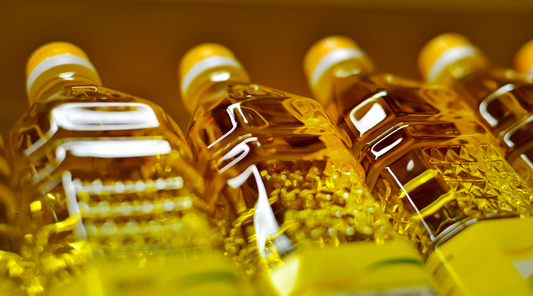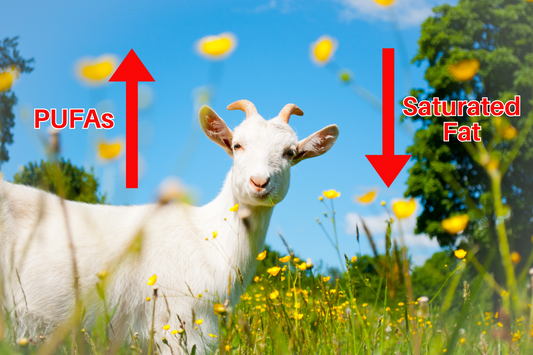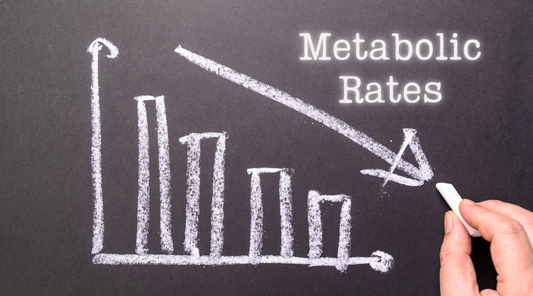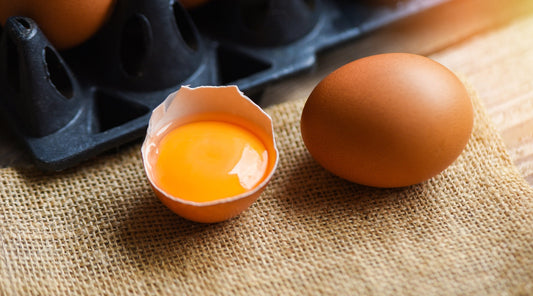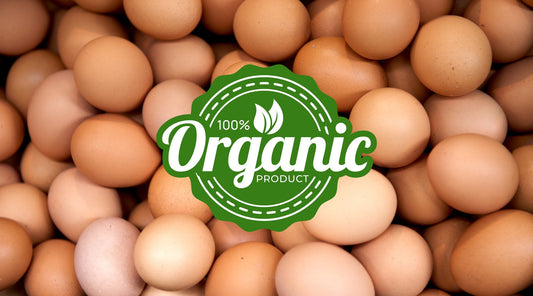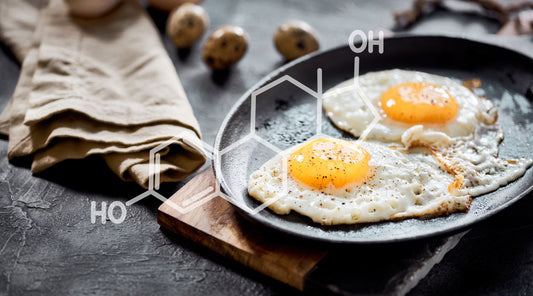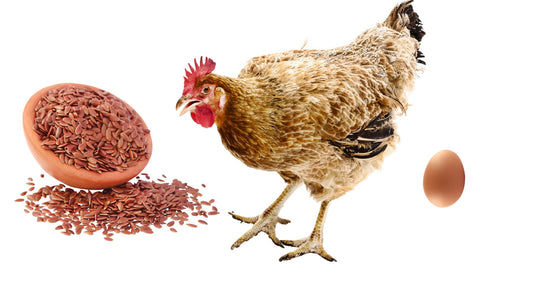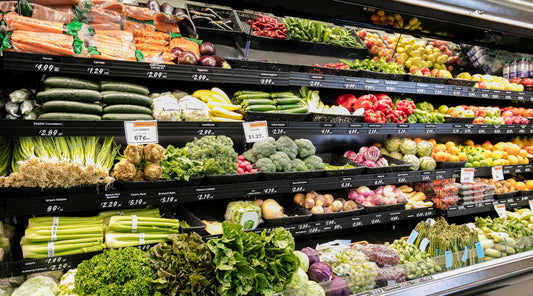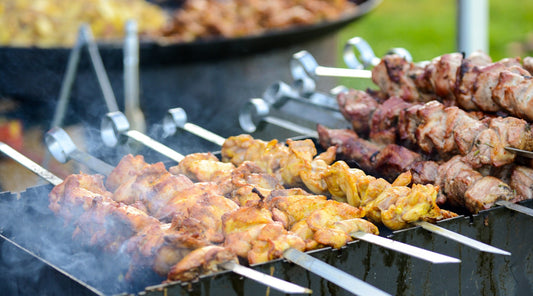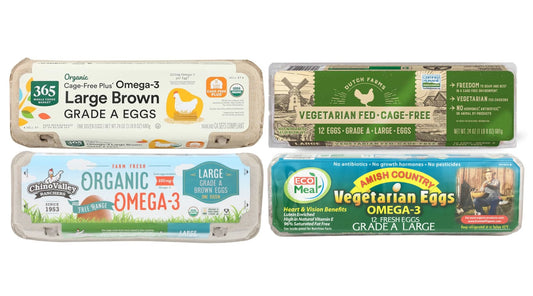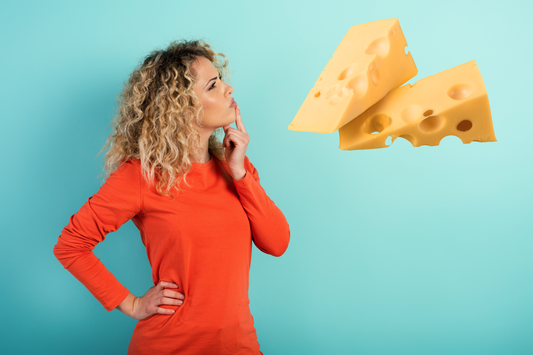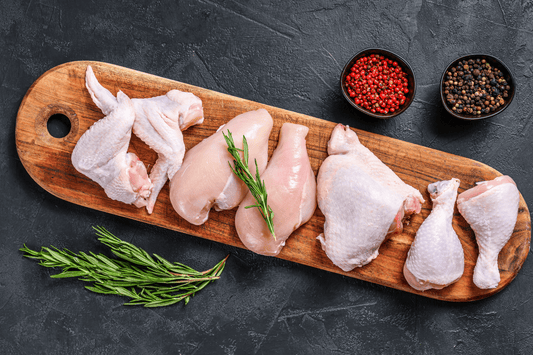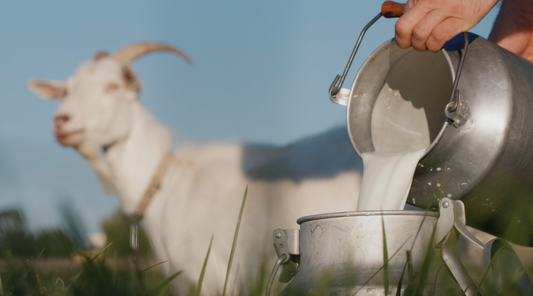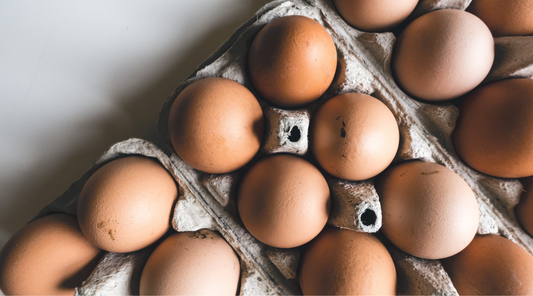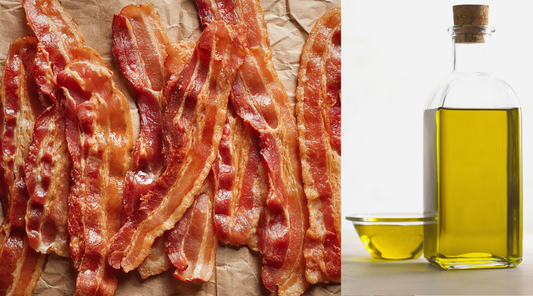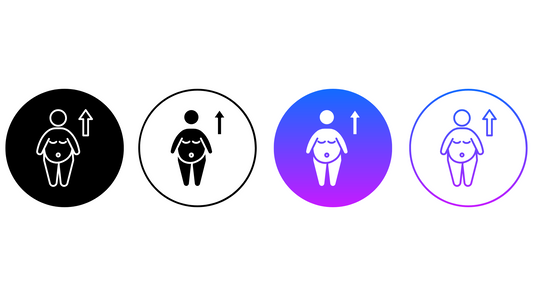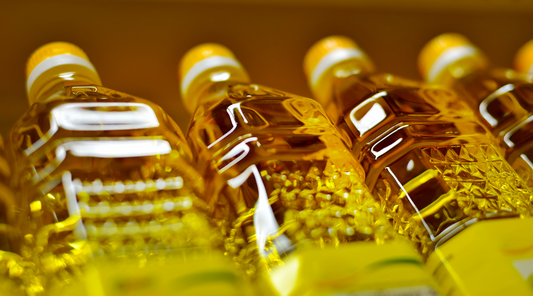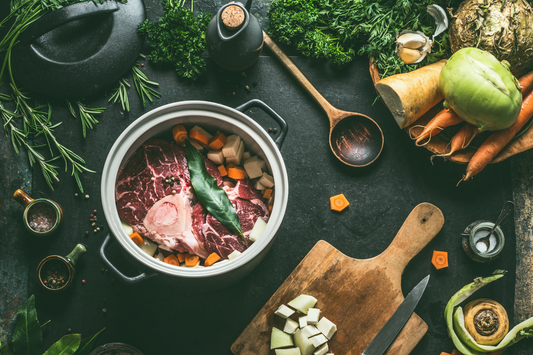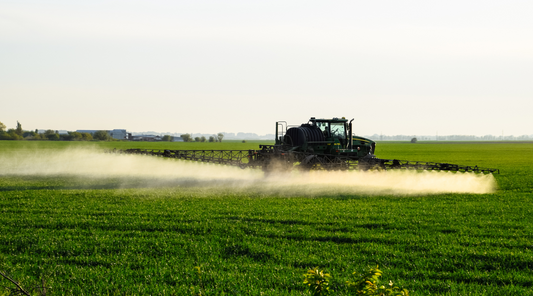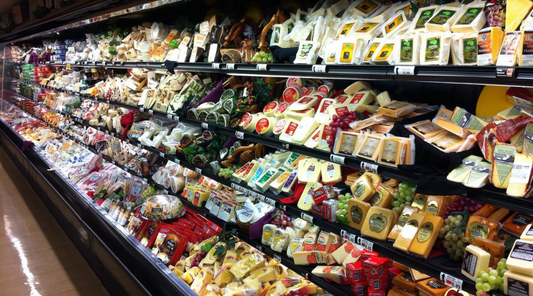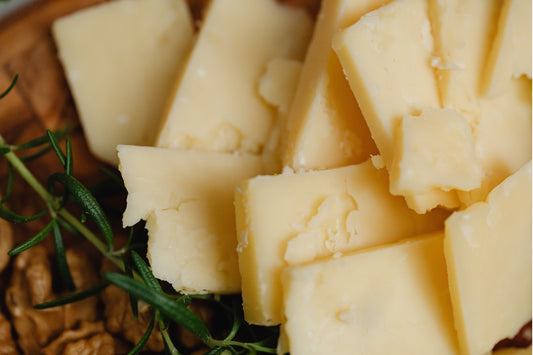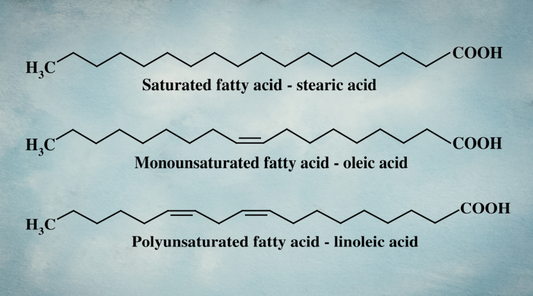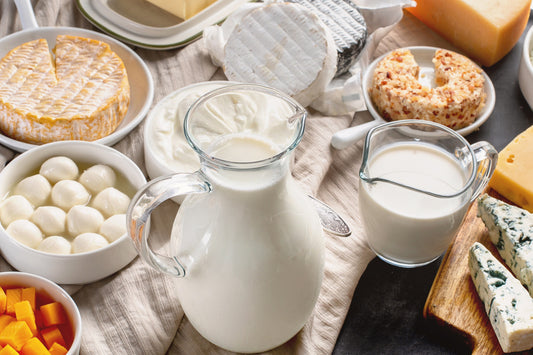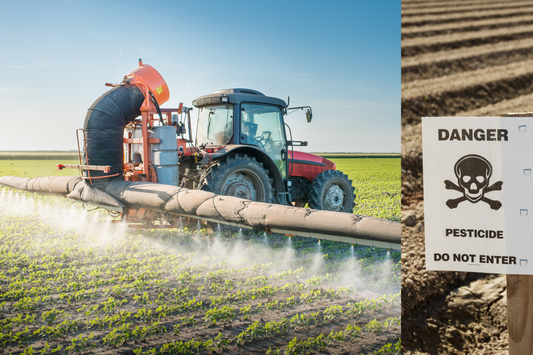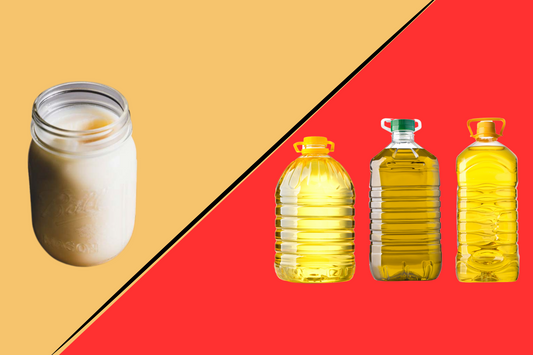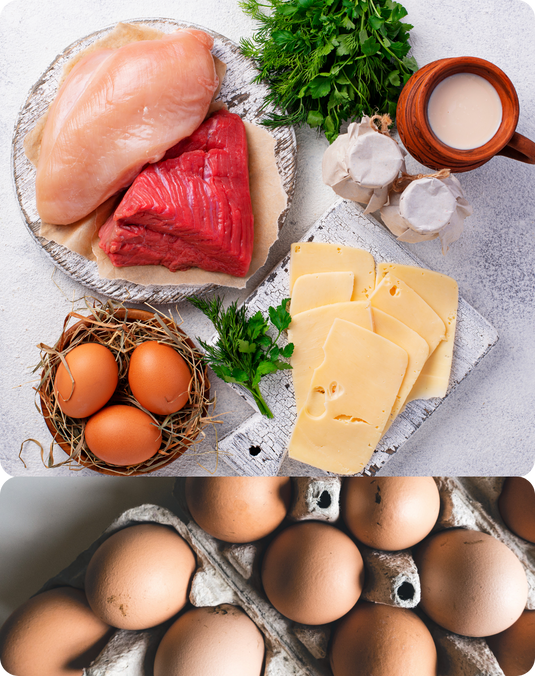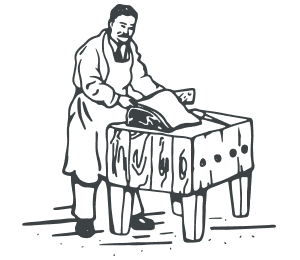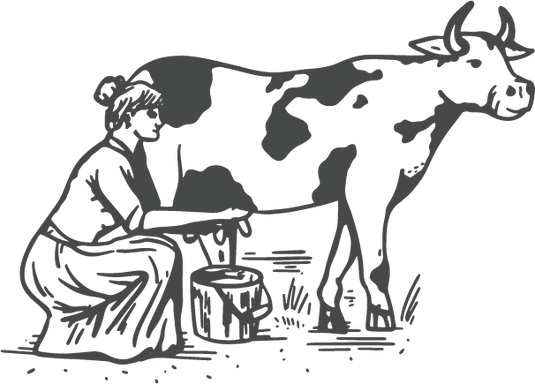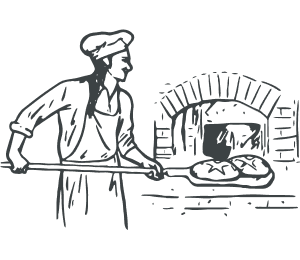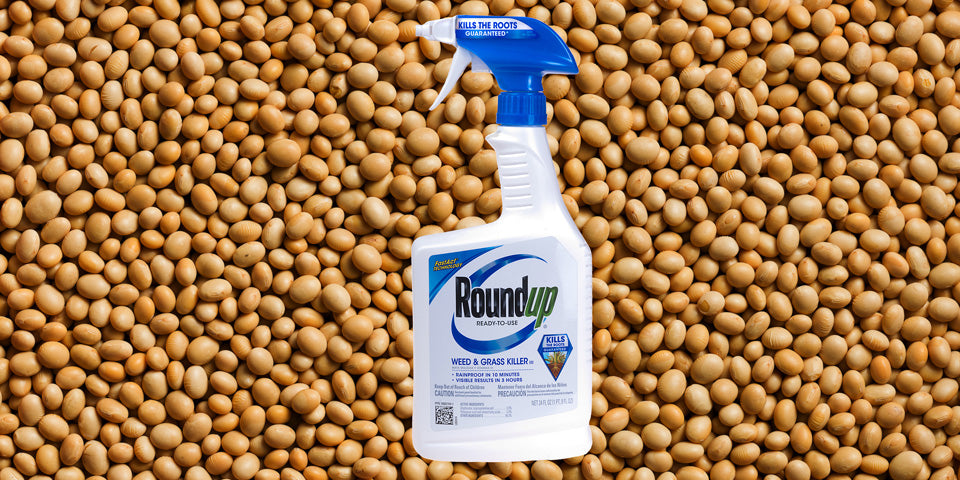
Why We Say No to Soy: The Hidden Costs of Soy in Eggs, Meat, and Milk
The unfortunate reality is that soy is the backbone of modern livestock feed.
Not because it’s the best for animals or humans, but because it’s a cheap protein source and is heavily government subsidized.
But that “convenience” comes with some big trade‑offs...
For starters, over 90% of U.S. soybeans are ‘Roundup Ready’: genetically modified to withstand glyphosate (the active ingredient in Roundup).
That means most soy in livestock feed comes from GMO, glyphosate‑treated soybeans. (non-GMO crops are often treated with glyphosate, too)
No wonder eggs routinely test high in glyphosate residues.

Then there’s the PUFA problem.
What animals eat directly affects the fats in the final products we consume.
Soy is naturally high in PUFAs (polyunsaturated fats), which pushes up the PUFA content in meat, milk, and eggs.
In short, modern animal fat has been “PUFAd,” and we all end up eating more of it than ever before.

And it’s not just about us.
I’ve read quite a few papers documenting that soy might actually be harming the animals themselves in the long run.
In one study, researchers compared soybean-based and soy-free diets in pasture-raised chickens and found major differences in their gut microbiomes. The chickens on soy-free diets had lower levels of potentially harmful bacteria like Campylobacter and Acinetobacter, both at processing and even on the final carcass.
Translation? Removing soy improved chicken gut health and reduced foodborne pathogens.

These are just a few of the reasons we keep soy out of our feed formulations.
It’s better for the animals, better for the eggs, and ultimately better for you.
This is the Nourish Food Club and Angel Acres Egg Club difference: food you can trust, produced the old fashioned way (before mass government subsidies of corn and soy production), with the convenience of modern delivery.
[Shop Corn- And Soy-Free, Low PUFA Eggs]





